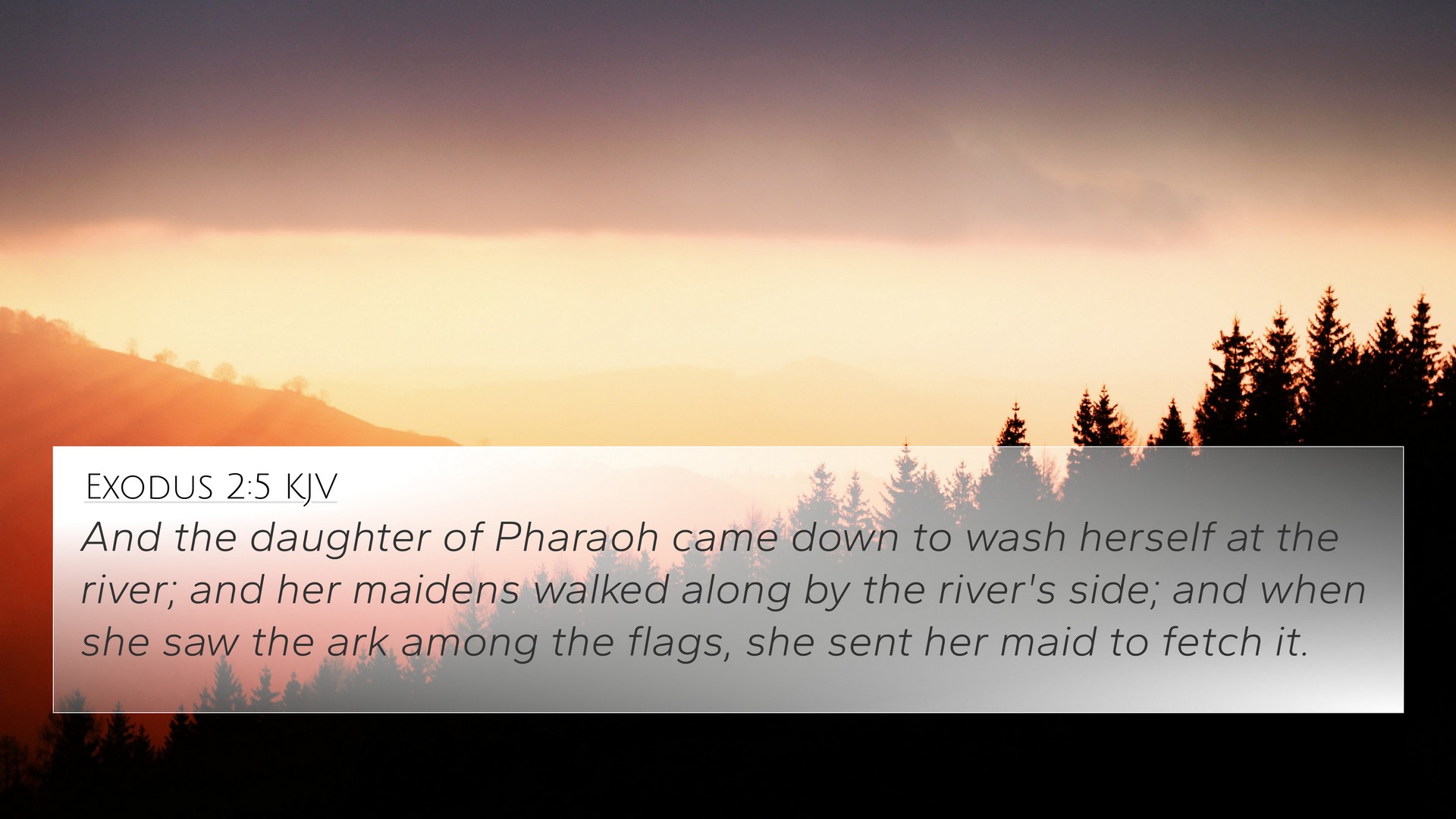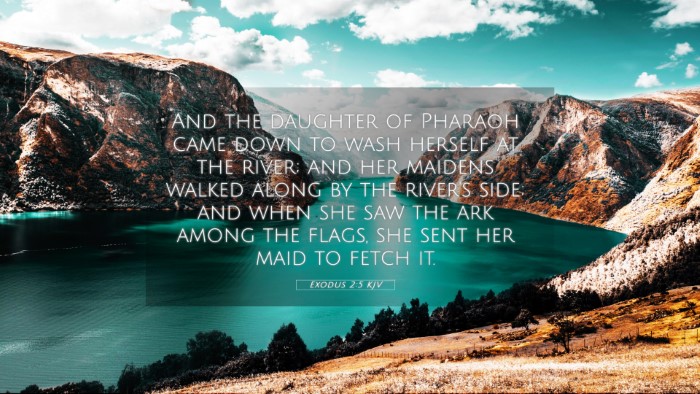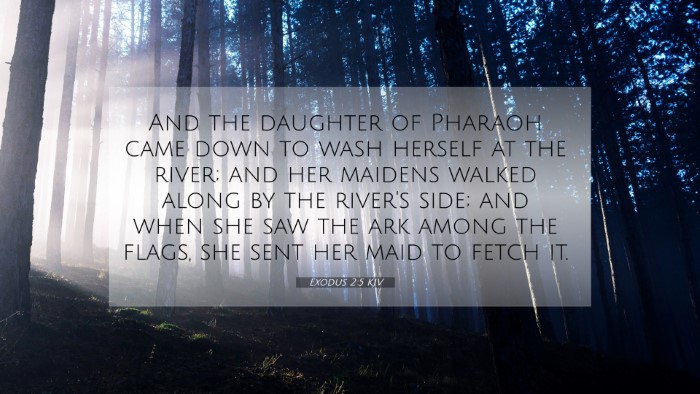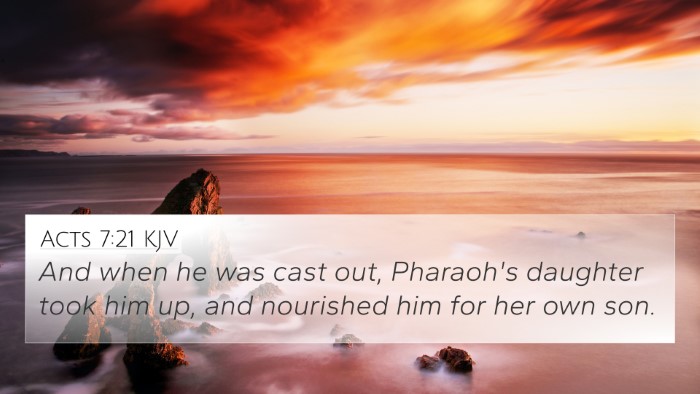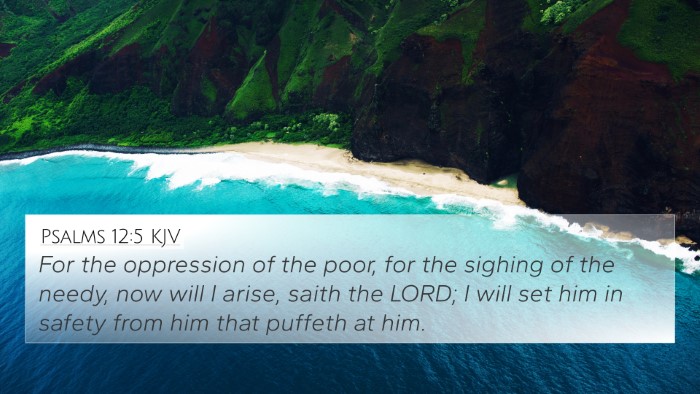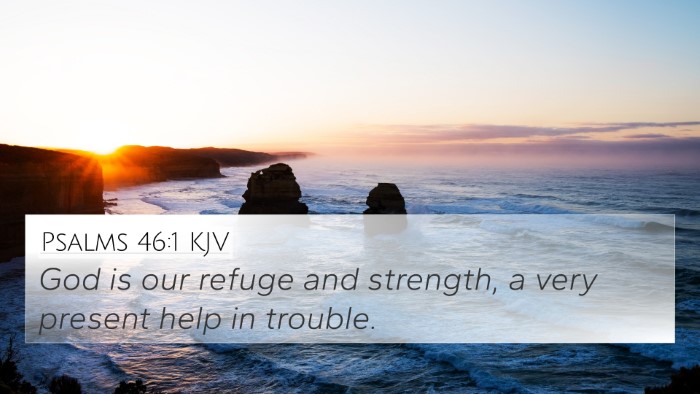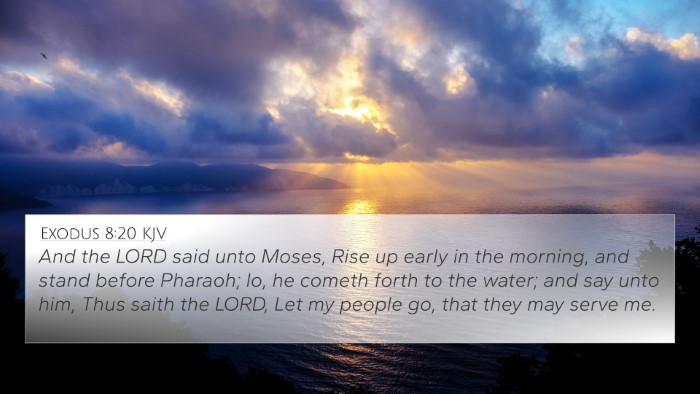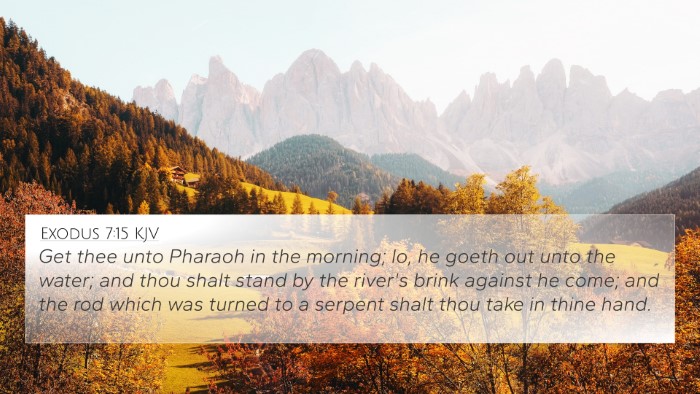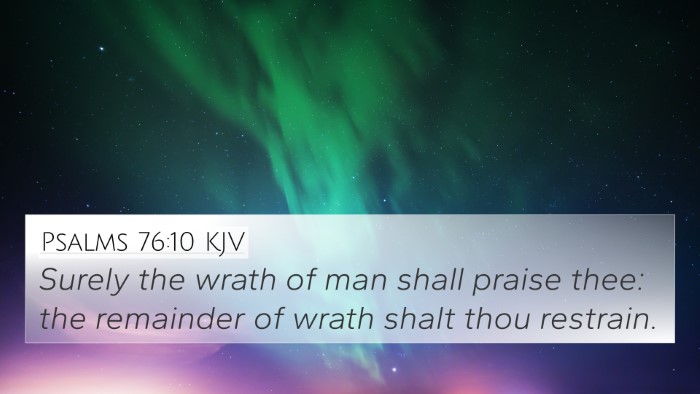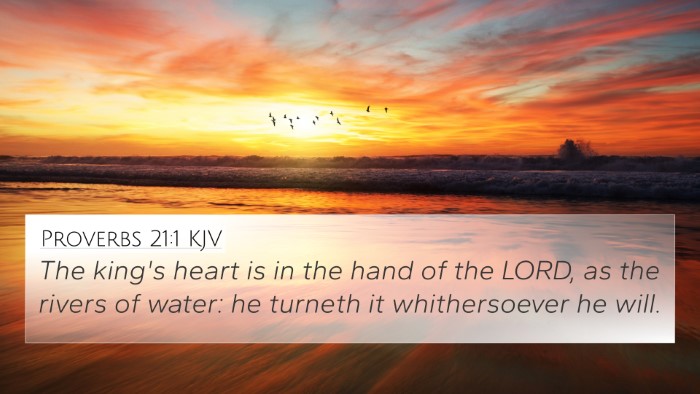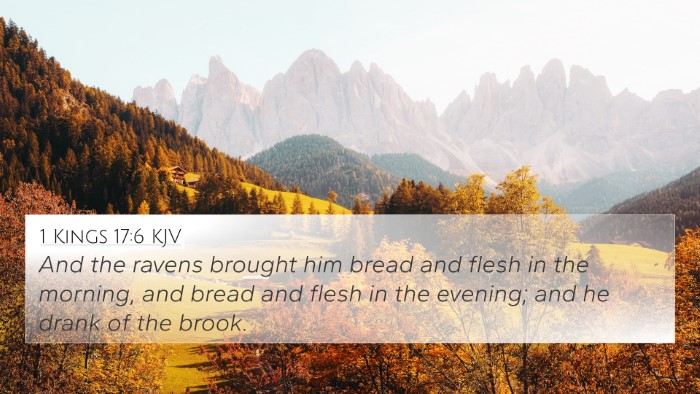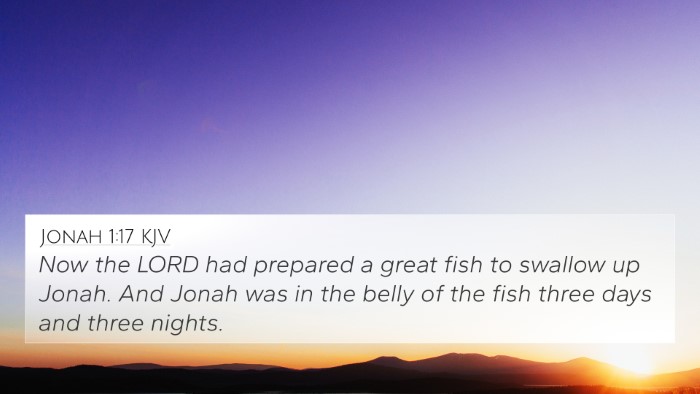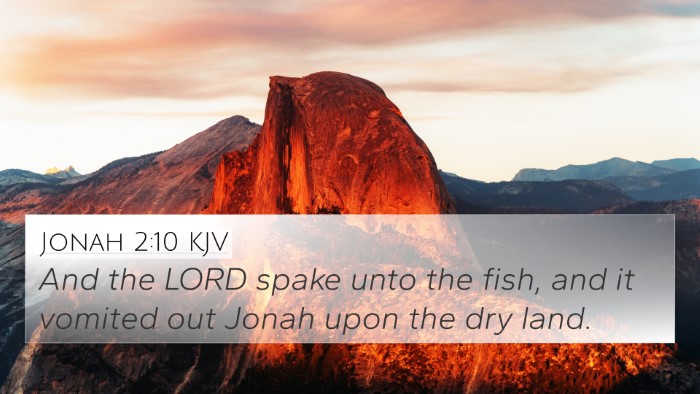Understanding Exodus 2:5
Exodus 2:5 states: "And the daughter of Pharaoh came down to wash herself at the river; and her maidens walked along by the river's side; and when she saw the ark among the flags, she sent her maid to fetch it."
This verse narrates a pivotal moment in the story of Moses, where the daughter of Pharaoh discovers him floating in a basket on the Nile River. The action signifies several important themes in the Biblical narrative, including divine providence, the intersection of faith and power, and the beginning of Moses' journey.
Context and Significance
The backdrop of Exodus 2:5 is set against the backdrop of the oppression of the Israelites in Egypt, where Pharaoh had commanded that all Hebrew boys be thrown into the Nile. However, Moses is saved by God's providence through the intervention of Pharaoh's own daughter. This moment not only illustrates God's sovereign plan but also foreshadows Moses' future role as a deliverer of the Israelites.
Commentary Insights
-
Matthew Henry:
Henry remarks on the providential means by which Moses was preserved. He highlights the irony of Pharaoh's daughter, a member of the royal family complicit in the decree to kill Hebrew males, instead becoming the means of saving Moses. This emphasizes God's control over the hearts of rulers and the unfolding of His plan through unexpected means.
-
Albert Barnes:
Barnes suggests that the act of Pharaoh’s daughter coming to the river represents more than just a royal decree being subverted; it is a metaphoric washing away of oppression. The river, a setting of death for many Hebrew children, becomes a place of life and covenant for Moses, symbolizing the overarching theme of redemption in the Exodus narrative.
-
Adam Clarke:
Clarke elaborates on the role of the maidens who accompanied Pharaoh’s daughter. Their involvement showcases the community's role in pivotal moments of God’s plan, highlighting that divine purpose can manifest through ordinary people responding to circumstances. This lays a foundation for understanding how God often works through human relationships and interactions.
Thematic Connections
Exodus 2:5 connects with many other Biblical verses that collectively enhance its meaning. Here are several significant cross-references:
- Acts 7:21-22: Stephen recounts Moses' early life and the favor he found in Pharaoh's house, illustrating God's preparatory work for his mission.
- Hebrews 11:23: Faith of Moses' parents is highlighted here as they hid him and ultimately contributed to God's plan to save many others.
- Isaiah 49:15: This verse resonates with the theme of God’s care for His children, reinforcing how His protective hand was upon Moses even from infancy.
- Exodus 1:22: The command from Pharaoh to drown Hebrew boys showcases the dire context from which Moses was saved.
- Matthew 2:13-15: The parallel of God saving Jesus from Herod echoes the protective nature of God seen in Moses' early life.
- Jeremiah 1:5: This scripture affirms God's knowledge of individuals and their purposes even before birth, which aligns with Moses’ calling.
- Romans 8:28: This verse illustrates the overarching theme of God working all things for good, highlighting His sovereign plan in Moses' life.
Applications for Today
The lessons found in Exodus 2:5 transcend time, encouraging readers to reflect on the ways God is at work in seemingly mundane moments. Here are some applications:
-
Divine Providence:
Just as Pharaoh's daughter played an unexpected role in God's plan, individuals today should be open to how they might be involved in God's story and purpose.
-
Faith in Crisis:
The story encourages faith during trials; just as Moses was saved, individuals can trust God’s protection in their own lives and families.
-
Community's Role:
This narrative emphasizes the importance of communities, reminding us that we may need to rely on others and serve God together in our journeys.
Conclusion
Exodus 2:5 encapsulates a crucial moment in the Exodus narrative that connects the hearts of believers to God's broader plan of redemption. By weaving together the insights of respected commentators and identifying thematic connections, we find that this verse not only illustrates the miraculous beginnings of Moses but also encourages faith and trust in God’s providential care.
For anyone who seeks to understand Scripture deeply, utilizing tools for Bible cross-referencing can provide further illumination on how such stories weave together throughout the Biblical texts, enriching our spiritual journey.
